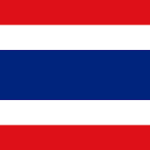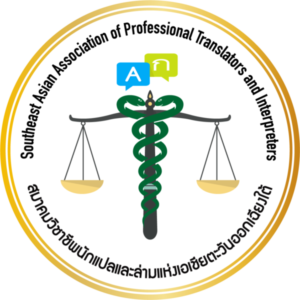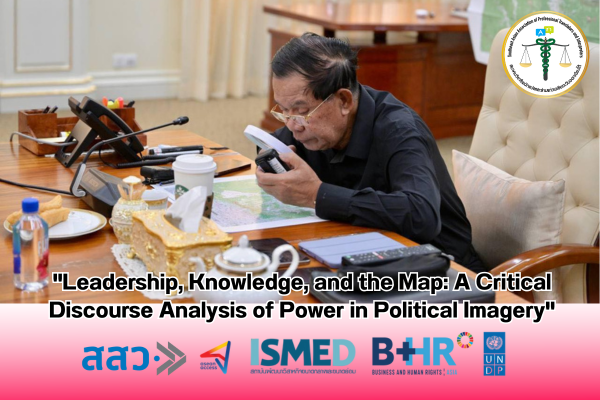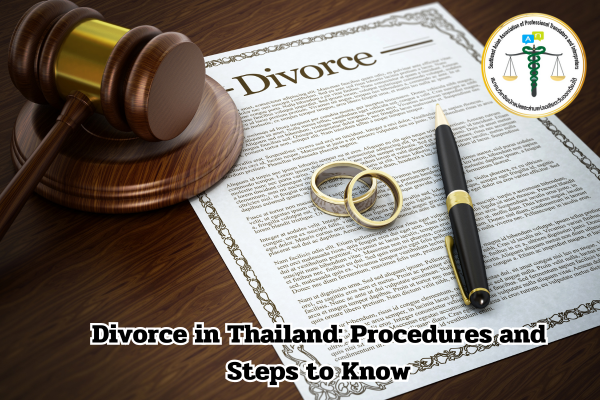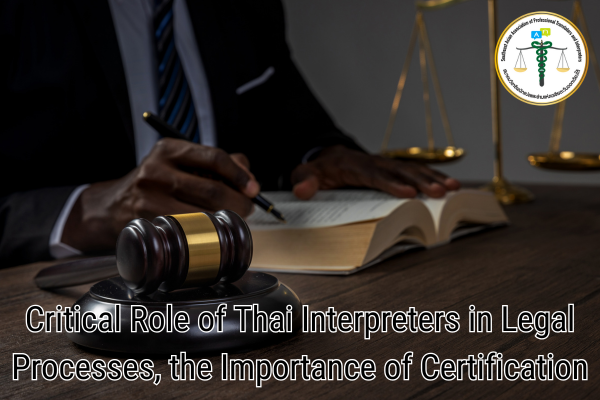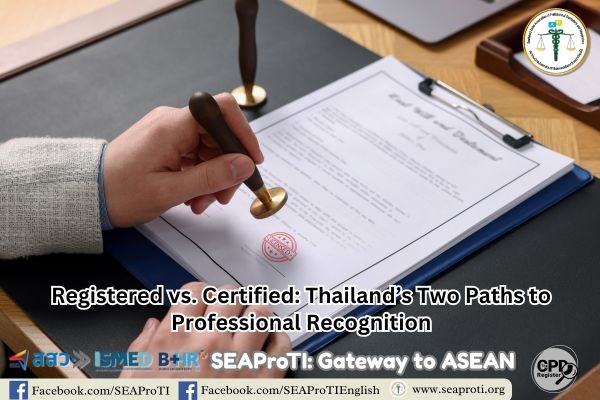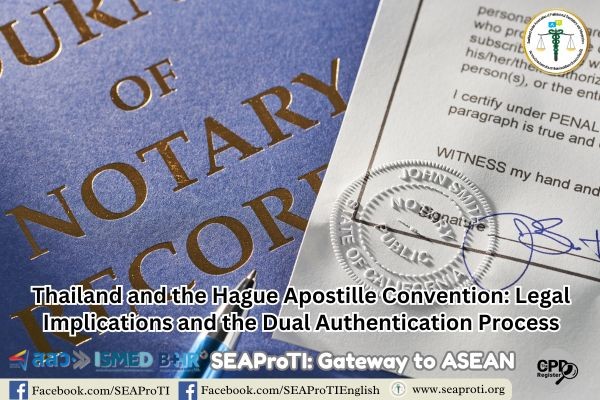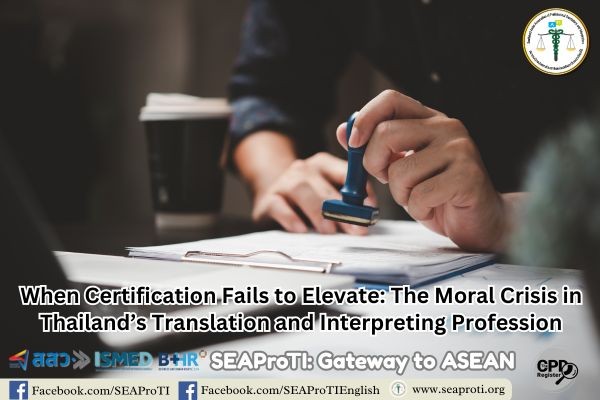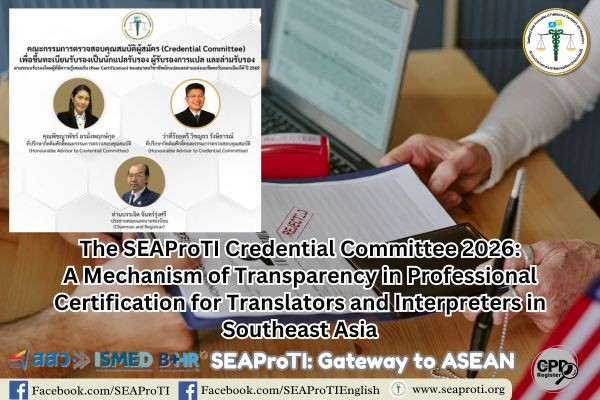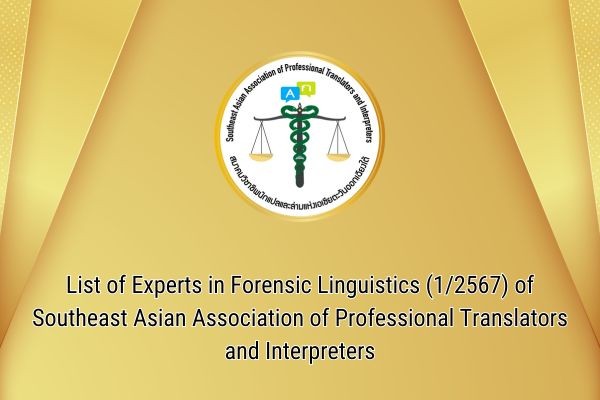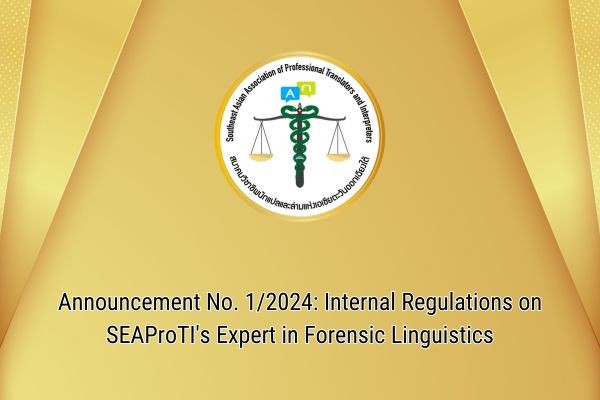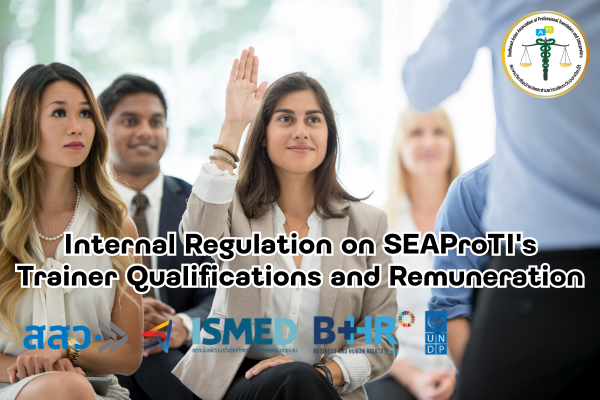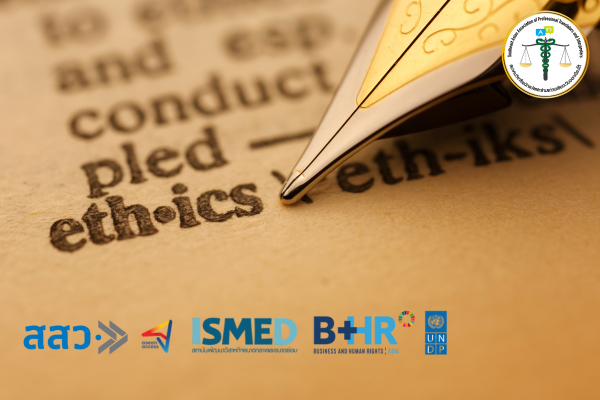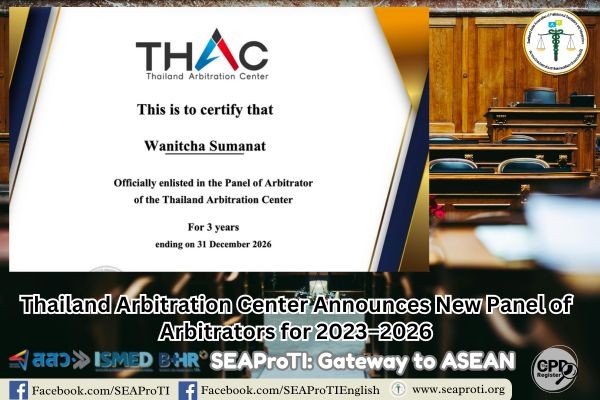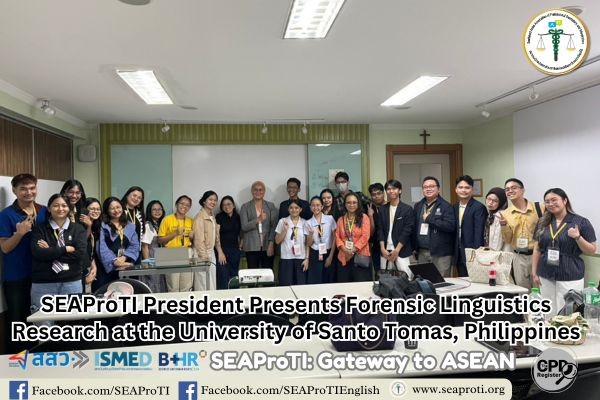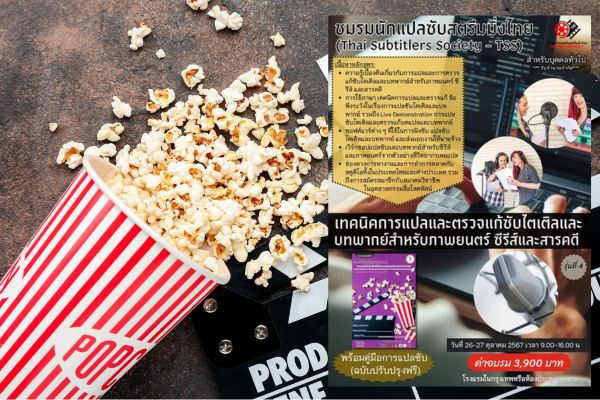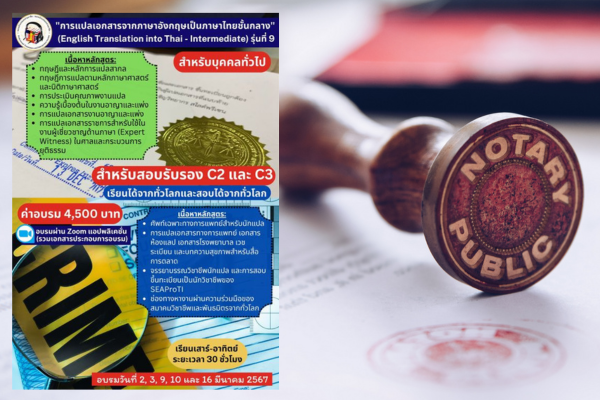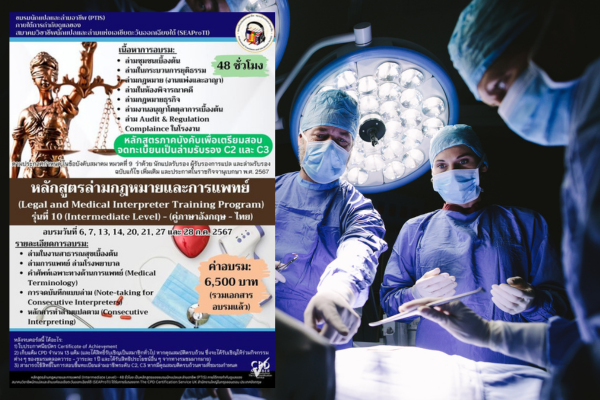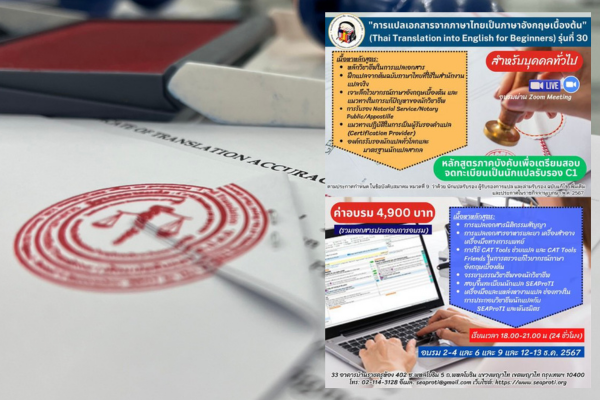Discourse of Power and Legitimacy in Politics through Photography: A Case Study of a Leader with a Map
By Wanitcha Sumanat, President of the Southeast Asian Association of Professional Translators and Interpreters (SEAProTI)
28 July 2025, Bangkok – This article presents a discourse analysis of a photograph depicting a senior state leader using a magnifying glass to examine a map. Although it may appear as a simple still image, it is laden with discourses related to power, legitimacy, and control of knowledge. Drawing on Norman Fairclough’s Critical Discourse Analysis (CDA) and Michel Foucault’s theory on the relationship between power and knowledge, the article argues that such an image symbolically legitimizes state leadership by portraying the leader as insightful, meticulous, and self-sacrificing. The image also reproduces discourses of centralized state authority in the context of national governance.
Introduction
In an era when politics is heavily mediated through visual communication, photographs of national leaders are not merely records of events but forms of discourse that shape public perception (Rose, 2016). The image analyzed in this study shows an elderly man in a black suit using a magnifying glass to inspect a map at his desk. Several symbolic elements are present, including an official map, a government telephone, and Western-style refreshments. The image was disseminated during a period when the state was preoccupied with territorial security matters. Thus, it is worth analyzing what kind of political discourse this image promotes and reproduces.
Theoretical Framework: Discourse, Power, and Knowledge Control
This analysis follows Norman Fairclough’s (1995) model of Critical Discourse Analysis, which considers language and images in three dimensions: (1) text, (2) discursive practice, and (3) social practice. It also incorporates Michel Foucault’s (1980) notion that power is not static but embedded in the mechanisms of knowledge control. Therefore, interpreting this image requires more than symbolic reading; it demands a critique of the sociopolitical context in which the image was produced and consumed.
Discourse Analysis of the Photograph
The Discourse of Knowledge Control
The use of a magnifying glass to examine the map signifies “close reading,” which constructs the image of a leader who is knowledgeable and personally attentive to detail. This resonates with Foucault’s idea that knowledge is a tool of power, and those who access or control information hold the authority to define truth (Foucault, 1980).
The Discourse of Political Legitimacy
The image legitimizes the leader as a self-sacrificing figure who, despite advanced age, remains diligent and disciplined. It reproduces the patronage-style leadership common in Southeast Asian states, where leaders are expected to demonstrate closeness to the people through symbolic acts of dedication to the nation (Hewison, 2001).
The Discourse of Statism and Bureaucracy
Surrounding elements—such as the government telephone, ornate document boxes, and the luxurious meeting space—reinforce a statist discourse. This reflects a centralized bureaucratic system in which decision-making remains under the firm control of elite authority.
Critical Perspective: Symbolic Performance and Obfuscation
Although the image conveys a leader’s diligence, it may also be interpreted politically as a performance of authority—a symbolic display that conceals the absence of participatory mechanisms from other state institutions. The image does not reveal any checks and balances from the parliamentary system or civil society. Instead, it selectively tells a story, functioning as part of a hegemonic discourse that legitimizes concentrated power.
Conclusion
This image is not merely a portrayal of an elderly man reading a map with a magnifying glass. It is a visual reproduction of power, knowledge, and legitimacy embedded in image-based politics. Reading the image through a discourse lens reveals how meaning is produced concerning power and how centralized, charismatic leadership structures remain dominant in contemporary sociopolitical settings.
References
- Fairclough, N. (1995). Critical Discourse Analysis: The Critical Study of Language. London: Longman.
- Foucault, M. (1980). Power/Knowledge: Selected Interviews and Other Writings 1972–1977. New York: Pantheon.
- Hewison, K. (2001). Thailand: Beyond the Crisis. London: Routledge.
- Rose, G. (2016). Visual Methodologies: An Introduction to Researching with Visual Materials (4th ed.). London: SAGE.
SEAProTI’s certified translators, translation certification providers, and certified interpreters:
The Southeast Asian Association of Professional Translators and Interpreters (SEAProTI) has officially announced the criteria and qualifications for individuals to register as “Certified Translators,” “Translation Certification Providers,” and “Certified Interpreters” under the association’s regulations. These guidelines are detailed in Sections 9 and 10 of the Royal Thai Government Gazette, issued by the Secretariat of the Cabinet under the Office of the Prime Minister of the Kingdom of Thailand, dated July 25, 2024, Volume 141, Part 66 Ng, Page 100. The Royal Thai Government Gazette
วาทกรรมแห่งอำนาจและความชอบธรรมในการเมืองผ่านภาพถ่าย: กรณีศึกษาผู้นำกับแผนที่
โดย วณิชชา สุมานัส นายกสมาคมวิชาชีพนักแปลและล่ามแห่งเอเชียตะวันออกเฉียงใต้
28 กรกฎาคม 2568, กรุงเทพมหานคร – บทความนี้นำเสนอการวิเคราะห์เชิงวาทกรรมภาพถ่ายผู้นำระดับสูงของรัฐขณะใช้แว่นขยายตรวจสอบแผนที่ ซึ่งแม้เป็นเพียงภาพนิ่ง แต่กลับอุดมไปด้วยวาทกรรมที่เกี่ยวข้องกับอำนาจ ความชอบธรรม และการควบคุมความรู้ โดยอาศัยแนวคิดวาทกรรมวิเคราะห์เชิงวิพากษ์ (Critical Discourse Analysis: CDA) ของ Fairclough และแนวคิดของ Foucault เกี่ยวกับความสัมพันธ์ระหว่างอำนาจและความรู้ บทความนี้ชี้ให้เห็นว่า ภาพถ่ายซึ่งอาจดูเหมือนธรรมดา กลับมีบทบาทเชิงสัญลักษณ์ในการสร้างความชอบธรรมให้กับผู้นำรัฐ และผลิตซ้ำภาพผู้นำที่รู้ลึก รอบคอบ และเสียสละ ทั้งยังสะท้อนวาทกรรมของรัฐรวมศูนย์ในบริบทการบริหารประเทศ
บทนำ
ในยุคที่การเมืองถูกสื่อสารผ่านภาพอย่างเข้มข้น ภาพถ่ายของผู้นำประเทศจึงไม่ใช่เพียงการบันทึกเหตุการณ์ หากแต่เป็นการผลิตวาทกรรมหนึ่งที่มีอิทธิพลต่อการรับรู้ของสาธารณชน (Rose, 2016) ภาพที่ใช้ในการศึกษานี้แสดงให้เห็นชายสูงอายุในชุดดำ ขณะกำลังใช้แว่นขยายตรวจแผนที่บนโต๊ะทำงาน โดยมีองค์ประกอบทางสัญลักษณ์หลายอย่าง ทั้งแผนที่ โทรศัพท์ราชการ อุปกรณ์ราชการ และเครื่องดื่มแบบตะวันตก ภาพดังกล่าวเผยแพร่ในช่วงที่รัฐมีปฏิสัมพันธ์กับประเด็นด้านความมั่นคงเชิงพื้นที่ จึงน่าสนใจว่าภาพนี้ส่งเสริมและผลิตซ้ำวาทกรรมอะไรในเชิงการเมือง
กรอบแนวคิด: วาทกรรม อำนาจ และการควบคุมความรู้
การวิเคราะห์นี้ยึดแนวทางวาทกรรมวิเคราะห์เชิงวิพากษ์ของ Norman Fairclough (1995) ซึ่งพิจารณาภาษาและภาพในสามมิติ ได้แก่ (1) ข้อความ (text) (2) การตีความ (discursive practice) และ (3) บริบททางสังคม (social practice) รวมถึงแนวคิดของ Michel Foucault (1980) ที่มองว่า อำนาจไม่ได้ดำรงอยู่เฉย ๆ หากแต่แทรกซึมอยู่ในกระบวนการควบคุมความรู้ การตีความภาพนี้จึงไม่ใช่การอ่านเพียงระดับสัญลักษณ์เท่านั้น แต่ต้องวิพากษ์บริบทของการสร้างและบริโภคภาพนั้นในสังคมการเมืองร่วมสมัย
การวิเคราะห์ภาพถ่ายในเชิงวาทกรรม
วาทกรรมแห่งการควบคุมความรู้
การใช้แว่นขยายเพื่ออ่านแผนที่สื่อถึง “การอ่านอย่างละเอียด” ซึ่งสร้างภาพผู้นำที่ “รู้จริง” และ “ตรวจสอบด้วยตนเอง” ซึ่งเชื่อมโยงกับวาทกรรมแห่งความรู้ที่ Foucault กล่าวถึงว่า ความรู้คือเครื่องมือของอำนาจ และผู้ที่มีสิทธิเข้าถึงหรือควบคุมข้อมูลจึงเป็นผู้มีอำนาจในการกำหนดความจริง (Foucault, 1980)
วาทกรรมแห่งความชอบธรรมทางการเมือง
ภาพนี้สร้างความชอบธรรม (legitimacy) ให้กับผู้นำในฐานะผู้เสียสละแม้อายุมาก ยังคงทำงานด้วยความละเอียดและเคร่งครัด ภาพดังกล่าวผลิตซ้ำแนวคิดผู้นำแบบอุปถัมภ์ในรัฐเอเชียตะวันออกเฉียงใต้ ซึ่งต้องแสดงความใกล้ชิดกับประชาชนผ่านภาพลักษณ์ของการ “ทุ่มเทเพื่อประเทศชาติ” (Hewison, 2001)
วาทกรรมรัฐนิยมและโครงสร้างราชการ
องค์ประกอบแวดล้อม เช่น โทรศัพท์ทางราชการ กล่องใส่เอกสารทองคำ พื้นที่การประชุมที่หรูหรา ล้วนสะท้อนถึงวาทกรรมของรัฐแบบราชการรวมศูนย์ (statist discourse) ซึ่งผู้มีอำนาจยังคงควบคุมการตัดสินใจระดับนโยบายไว้เบ็ดเสร็จ
การวิพากษ์: การแสดงเชิงสัญลักษณ์และการกลบเกลื่อน
แม้ภาพจะสื่อถึงความทุ่มเทของผู้นำ แต่หากวิเคราะห์ในเชิงการเมืองภาพนี้อาจเป็น performance of authority หรือการแสดงออกเชิงอำนาจ ที่กลบเกลื่อนการมีส่วนร่วมของสถาบันอื่น ๆ ในกระบวนการตัดสินใจทางนโยบาย โดยไม่เปิดเผยกระบวนการตรวจสอบถ่วงดุลจากระบบรัฐสภาหรือภาคประชาชน การใช้ภาพเพื่อ “บอกเล่าเรื่องราวที่เลือกแล้ว” จึงกลายเป็นกลไกหนึ่งของวาทกรรมแบบบงการ (hegemonic discourse)
สรุป
ภาพนี้มิใช่เพียงภาพชายชราที่กำลังใช้แว่นขยายอ่านแผนที่ แต่คือภาพของการผลิตอำนาจ ความรู้ และความชอบธรรมที่แฝงอยู่ในการเมืองภาพลักษณ์ (image politics) การอ่านภาพในเชิงวาทกรรมจึงทำให้เห็นกระบวนการผลิตความหมายที่อิงอำนาจ และสะท้อนโครงสร้างทางสังคมที่ยังคงให้น้ำหนักกับผู้นำแบบรวมศูนย์และมีบารมี
บรรณานุกรม
- Fairclough, N. (1995). Critical Discourse Analysis: The Critical Study of Language. London: Longman.
- Foucault, M. (1980). Power/Knowledge: Selected Interviews and Other Writings 1972–1977. New York: Pantheon.
- Hewison, K. (2001). Thailand: Beyond the Crisis. London: Routledge.
- Rose, G. (2016). Visual Methodologies: An Introduction to Researching with Visual Materials (4th ed.). London: SAGE.
เกี่ยวกับนักแปลรับรอง ผู้รับรองการแปล และล่ามรับรองของสมาคมวิชาชีพนักแปลและล่ามแห่งเอเชียตะวันออกเฉียงใต้
สมาคมวิชาชีพนักแปลและล่ามแห่งเอเชียตะวันออกเฉียงใต้ (SEAProTI) ได้ประกาศหลักเกณฑ์และคุณสมบัติผู้ที่ขึ้นทะเบียนเป็น “นักแปลรับรอง (Certified Translators) และผู้รับรองการแปล (Translation Certification Providers) และล่ามรับรอง (Certified Interpreters)” ของสมาคม หมวดที่ 9 และหมวดที่ 10 ในราชกิจจานุเบกษา ของสำนักเลขาธิการคณะรัฐมนตรี ในสำนักนายกรัฐมนตรี แห่งราชอาณาจักรไทย ลงวันที่ 25 ก.ค. 2567 เล่มที่ 141 ตอนที่ 66 ง หน้า 100 อ่านฉบับเต็มได้ที่: นักแปลรับรอง ผู้รับรองการแปล และล่ามรับรอง
